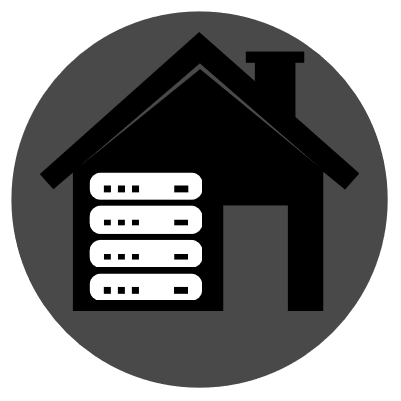

My installation process for a new mouse is as follows: 1 - Attempt to plug it in. 2 - Flip the USB connector. 3 - Plug it in. 4 - Use the mouse.
Is there anything at all to be gained from installing the software that comes with the mouse? Even with extra side buttons, I’ve never had anything not work out of the box.
Edit: OP is remapping buttons. Got it.




Do you happen to use an ISP that implements CGNAT? I’ve seen this error, too, and I’ve read that it’s flagging CGNAT IPs as a VPN?